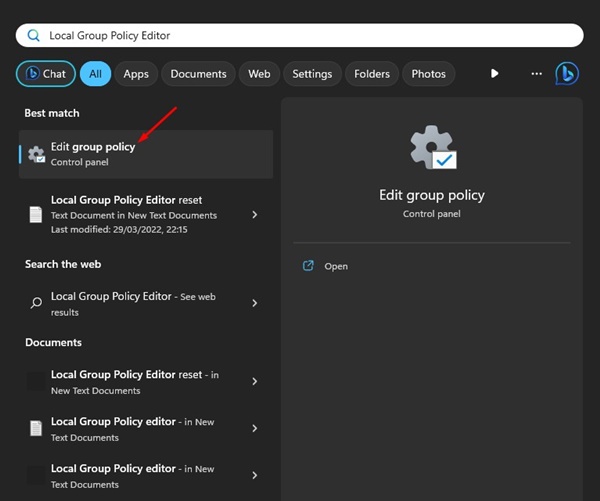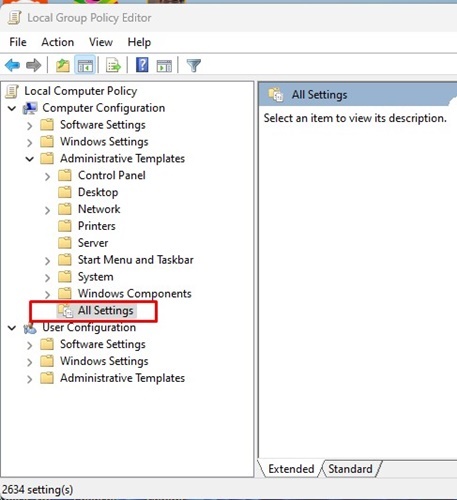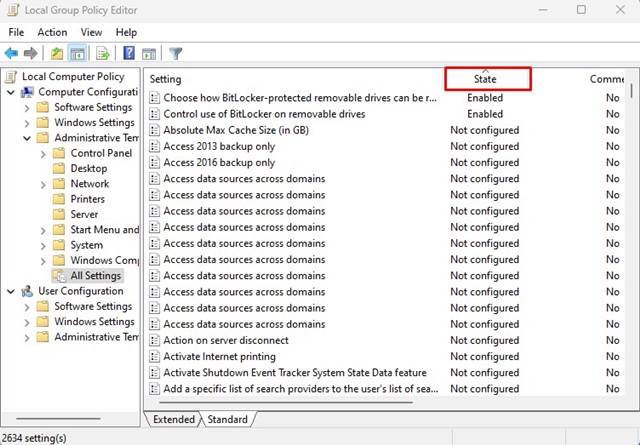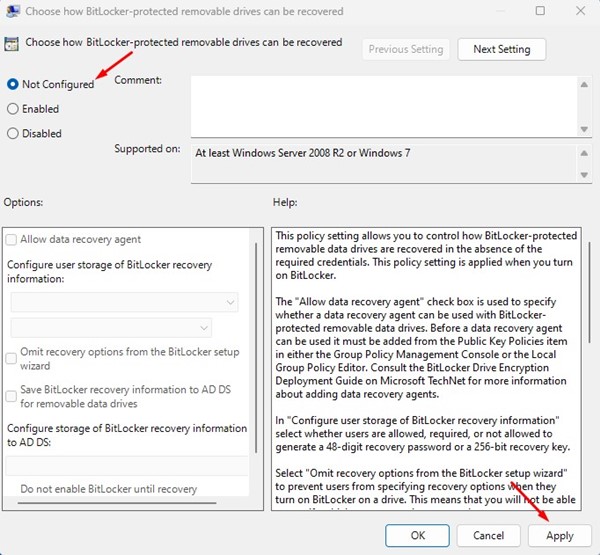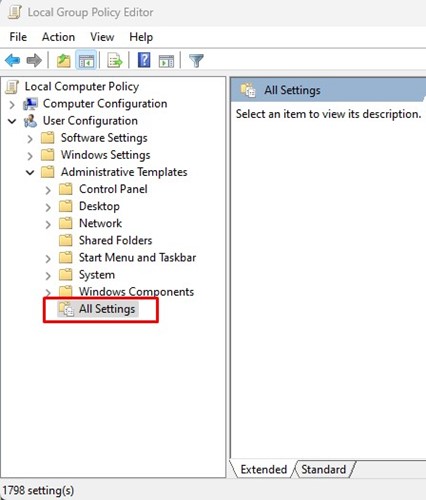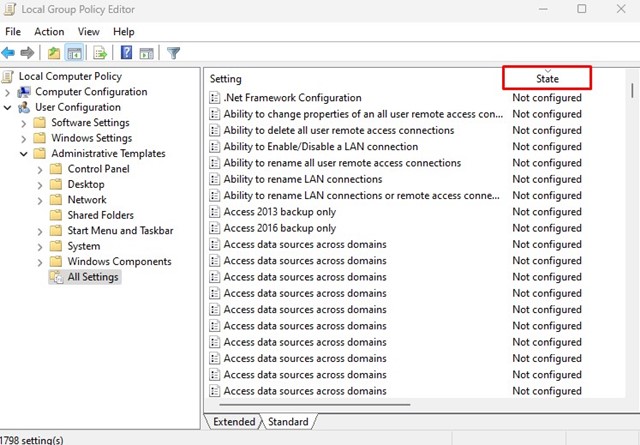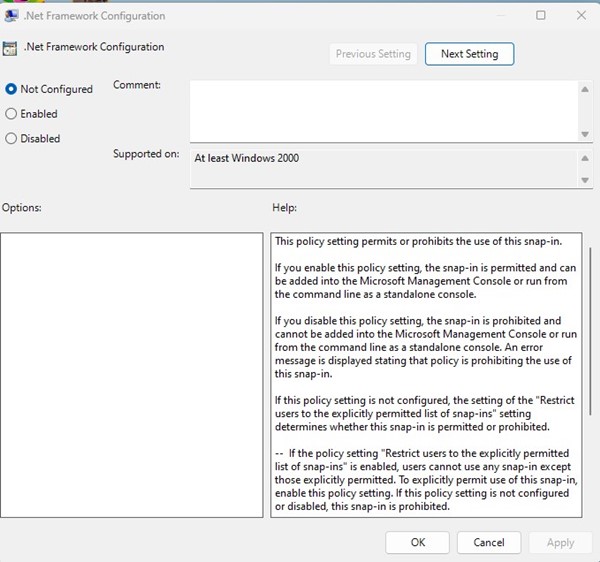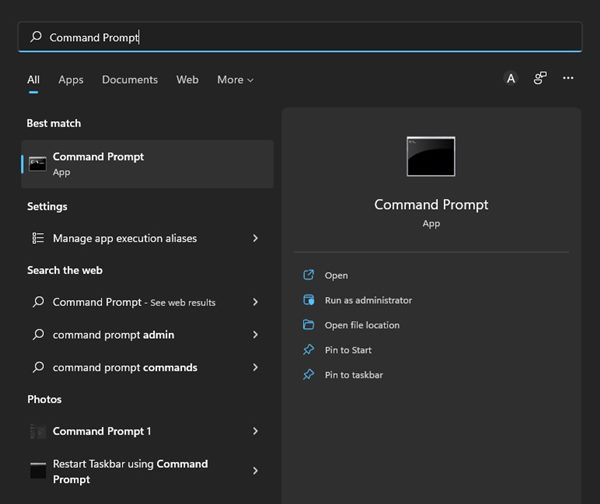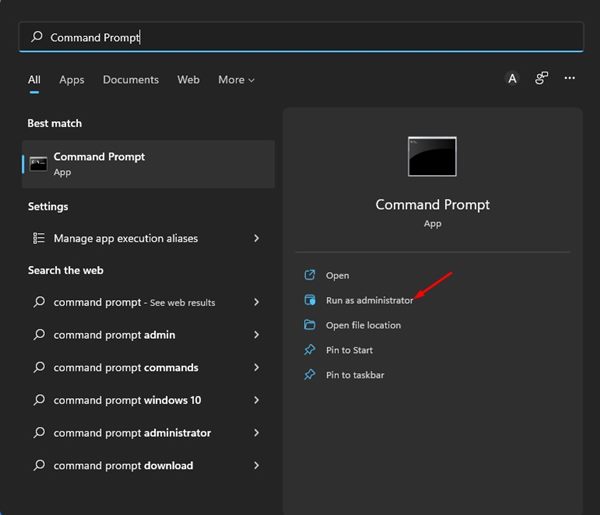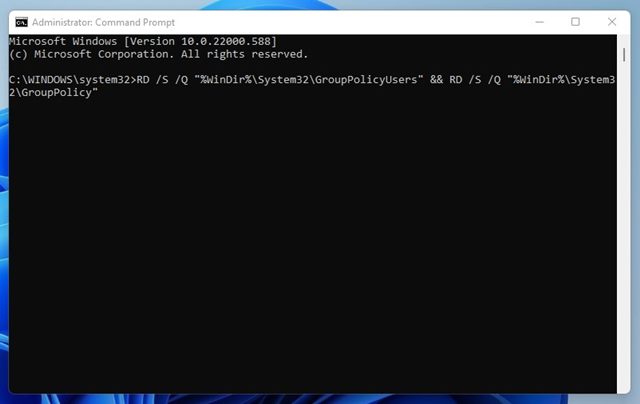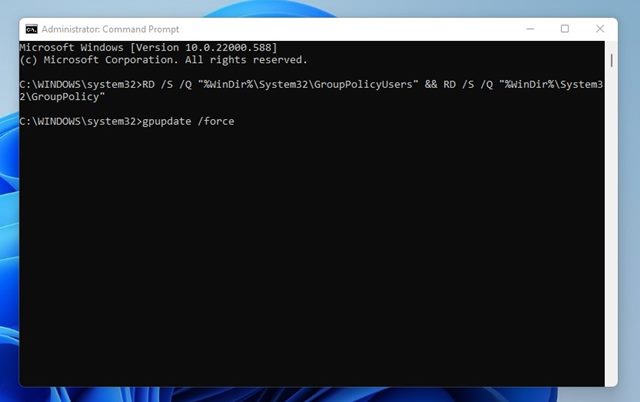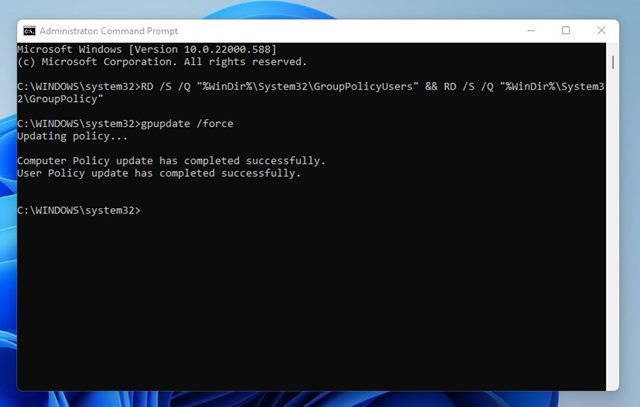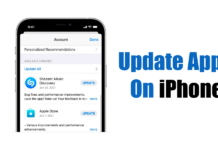You can also manually enable or disable many system settings via the Local Group Policy Editor on Windows 11. Local Group Policy Editor is a powerful tool, and it can invite many problems if it lands in the wrong hands.
Regular Windows users often make many changes to the Local Group Policy without prior knowledge, leading to problems. Hence, if you just changed the Local Group Policy and encounter problems, you may want to reverse your action.
Since it’s not easy to remember all the the changes you have made to your computer, it’s best to reset the Local Group Policy Settings on Windows 11. This article provides a step-by-step guide for doing so. Let’s check it out.
1. Reset Local Group Policy using the Group Policy Editor
You can use the Local Group Policy Editor to reset all Local Group Policy Settings. However, please note that this method will work only in a few editions of Windows – Pro, Enterprise, and Education. Here’s what you need to do.
1. Open Windows Search and type Local Group Policy Editor. On the search results, open the Edit Local Group Policy app.
2. When the Local Group Policy Editor opens, navigate to the following path:
Local Computer Policy > Computer Configuration > Administrative Templates > All Settings
3. On the State Column, double-click on the policies showing Enabled or Disabled.
4. Double-click on the policies showing its state as Enabled or Disabled and change it to Not Configured.
5. After that, click on the Apply button and Ok.
6. Now navigate to this path on the Local Group Policy Editor:
Local Computer Policy > User Configuration > Administrative Templates > All Settings
7. Now click on the State column on the right side. Double-click on the policies showing Enabled or Disabled and select the Not Configured option.
8. After making the changes, click on Apply and Ok.
2. Reset Group Policy settings to default with Command Prompt
Command Prompt can be used to reset group policy settings to default. This method is easier than the previous one. Here’s what you need to do.
1. Click on the Windows 11 search and type in Command Prompt.
2. Next, right-click on the Command Prompt and select the Run as Administrator option.
3. In the Command Prompt Window, copy and paste the command shared below, then hit the Enter button.
RD /S /Q "%WinDir%\System32\GroupPolicyUsers" && RD /S /Q "%WinDir%\System32\GroupPolicy"
4. After executing the command, copy and paste it and press the Enter key on your keyboard.
gpupdate /force
5. Now, you will see a success message that reads, “Computer Policy update has completed successfully. User Policy update has been completed successfully”
It’s pretty easy to reset the Local Group Policy Settings on Windowstem. However, only reset the Group Policy settings when there’s a need. I hope this article helped you! Please share it with your friends also. If you have any doubts about this, let us know in the comment box below.
